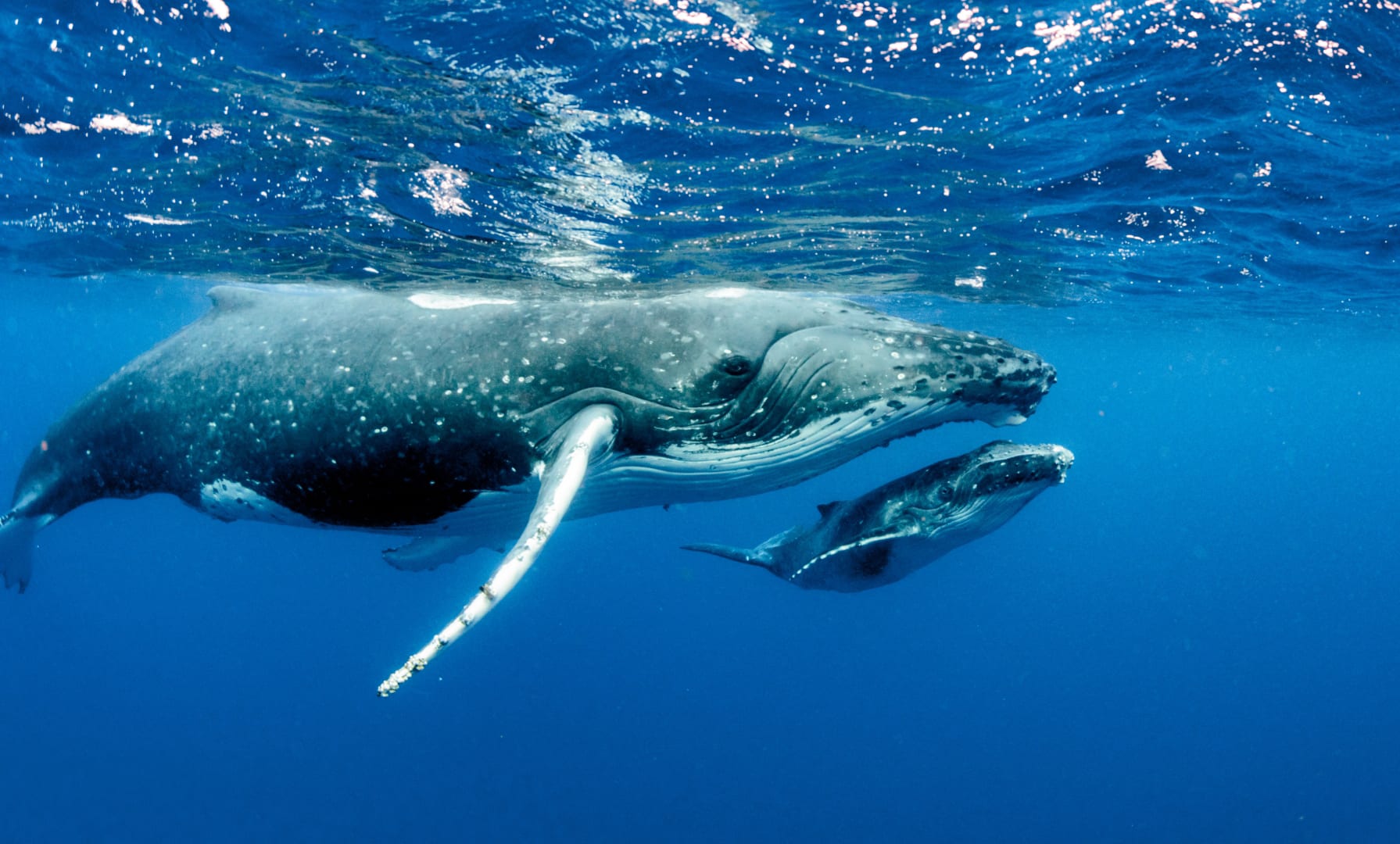Cuviers Beaked Whale
References:
- www.beakedwhaleresource.com/bwcuviers.htm
- Carwardine, Mark. Whales, Dolphins, and Porpoises. London: Dorling Kindersley, 1995. Print.
- Schorr GS, Falcone EA, Moretti DJ, Andrews RD (2014) First Long-Term Behavioral Records from Cuvier’s Beaked Whales (Ziphius cavirostris) Reveal Record-Breaking Dives. PLoS ONE 9(3): e92633. doi:10.1371/journal.pone.0092633
Prepared by: Fabio Tristao, NBWM Apprentice 2014
Last modified: June 26, 2014

Fact Sheet
Common name: Cuvier’s beaked whale, Goose-beaked whale.
Scientific name: Ziphius cavirostris.
Length as an adult: Average adults are 18 feet long (5.5m), but can grow up to 23 feet long (7m).
Weight as an adult: 2.7 tons (2500kg)
Length and weight at birth: 6.5 – 10 feet (2-3m). Weigh about 600 pounds (272kg).
Length of pregnancy: 12 months.
Range: Found in all oceans of the world except the polar regions of both hemispheres.
Likelihood of being seen on a whale watch in Massachusetts coastal waters: Very unlikely. Beaked whales are usually found far from shore.
Preferred food: Eat squid; sometimes consume fish and rarely crustaceans.
Unusual characteristics: “goose beak” head shape.
Appearance: Small pale head, long and robust bodies, with indentation behind blow hole. Males have two small teeth at tip of jaw. Colors may vary from tan, pale brown, cream, blue-gray and purplish black. Have small dorsal fins and broad flukes. Known for their head shape that resembles a goose’s beak.
General information: One of the most widespread species of beaked whales yet rarely seen at sea. Due to color variation and scarring no two look exactly alike. Variations in color depend on sex, location, and age. Dives last 20 to 40 minutes and they can take 2 to 3 blows which may last from 10 to 20 seconds. Found stranded more frequently than other beaked whale’s species.
Unusual habits: Lurches through water. This species holds the record for the deepest confirmed dive. A report published in 2014 states that this species can dive to more than 9,800 feet and stay below the surface for 138 minutes.
Population status: No estimates of population size.
Threats: Occasional whaling, ingestion of rubbish, low frequency, high intensity sonar.


